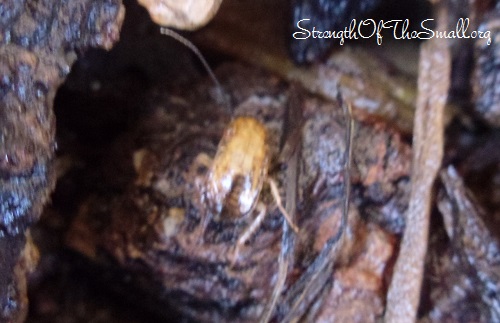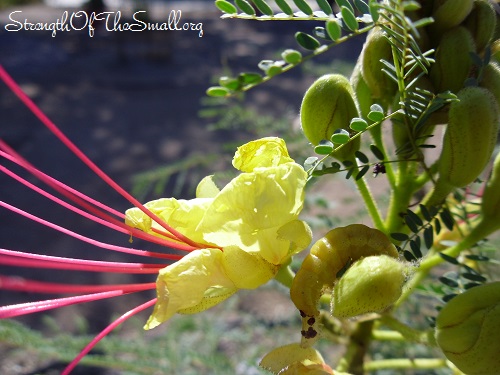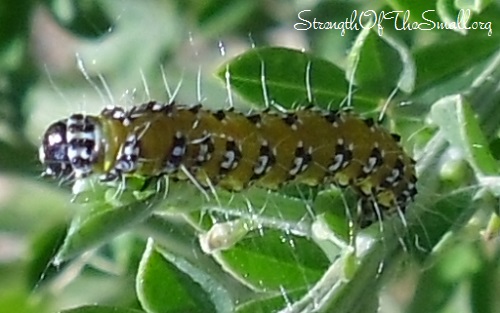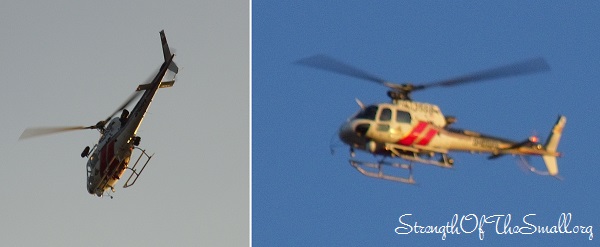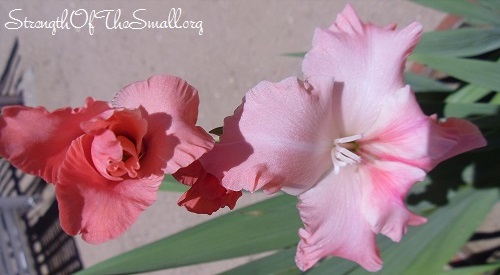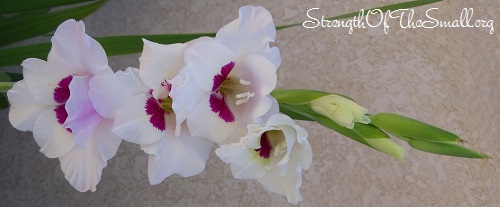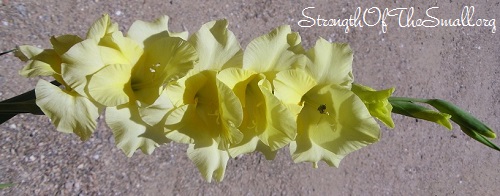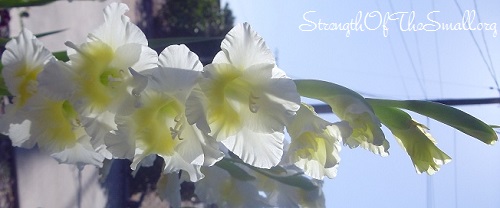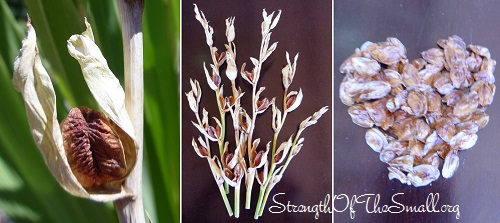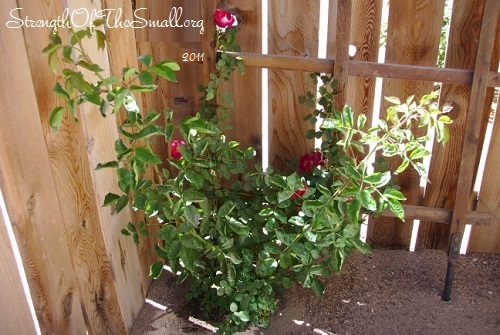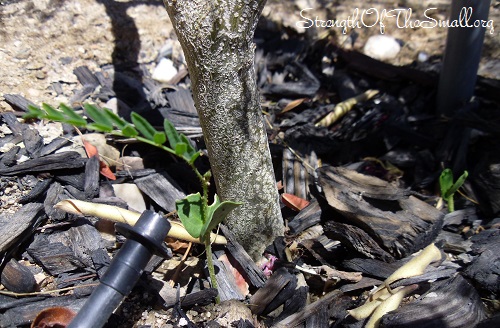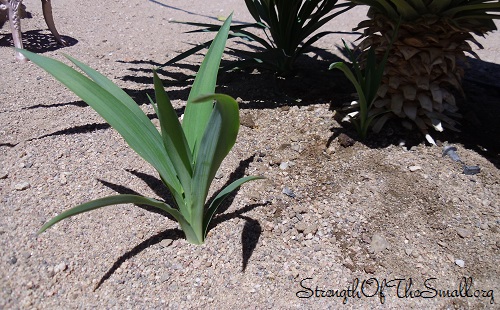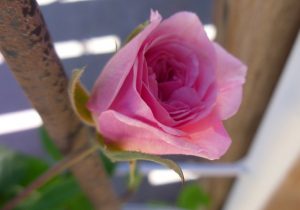As Fall nears, colors are starting to show again in the garden. My Desert Willow, Texas Sage, Autumn Sage, Yellow Daisy, Oleanders, Gaura Lindheimeri, Plumbago Auriculata ‘Imperial Blue’, Snapdragon, most of the Roses and Gladiolus are blooming with a variety of colors.
Despite the hot temperatures, the Pumpkin vine has been thriving and producing lovely flowers of box sexes. Though there are no female blossoms yet, I have seen a couple of female buds which I will have to pollinate by hand for it to become a pumpkin (if there aren’t bees around to pollinate it). So far it’s looking promising.
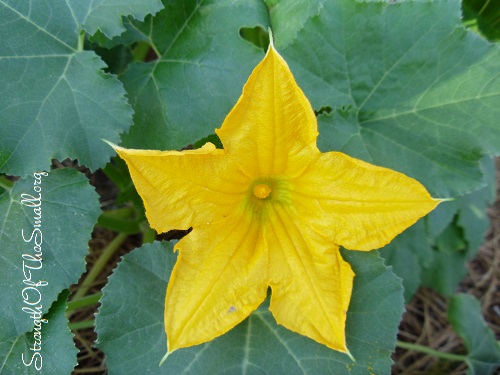
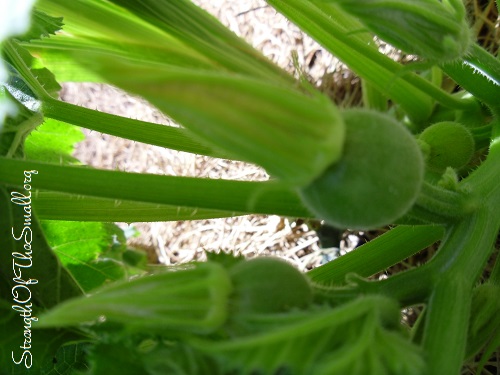
Dainty Bess Hybrid Tea Rose, is one charming Rose. I instantly fell in love with the Rose when I saw it at Mark and Nellie’s Nursery a couple of years ago. The beautiful “Dainty Bess” single flowering rose with elegant stature and five light pink silky petals is one of my favorite repeat bloomer Roses. The flower opens and closes over its burgundy, purple or maroon stamens.
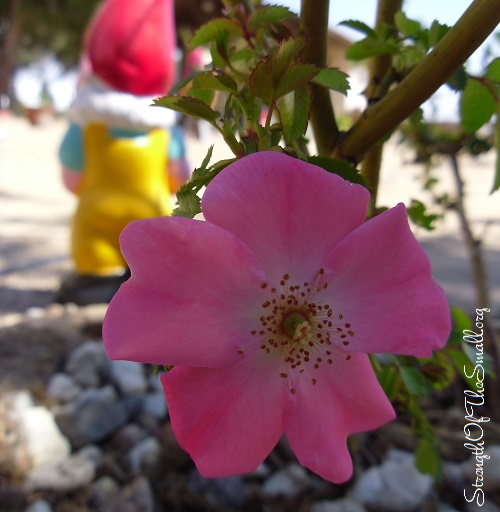
Most of my mini Rose bushes are in bloom. I particularly loved the one below. It’s one of the Roses I bought from the 99¢ Only Stores early this year (smart way to grow a Garden for less).
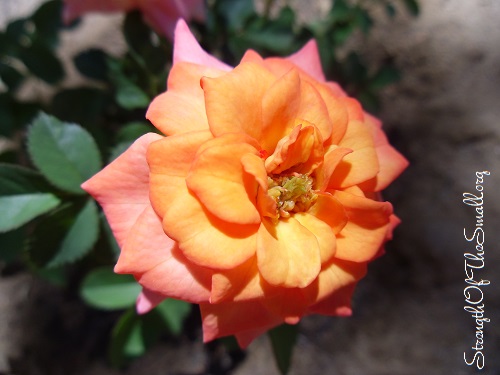
Below is my miniature Rose “Let Freedom Ring.” I planted a couple in the front yard two years ago and just a few months ago they stopped flowering and looked like they were dying. So I moved them into a raised bed in the backyard and much to my amazement, they have been thriving ever since. Another 99¢ Only Stores purchase.
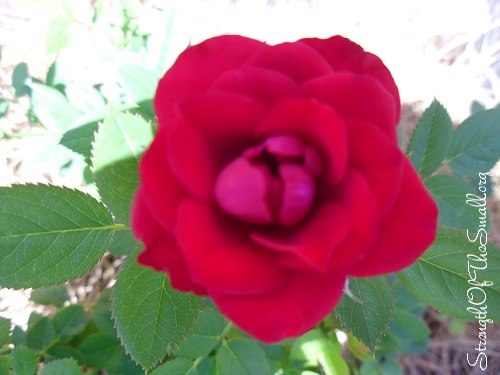
Finally, a Bee pollinating a Yellow Daisy.
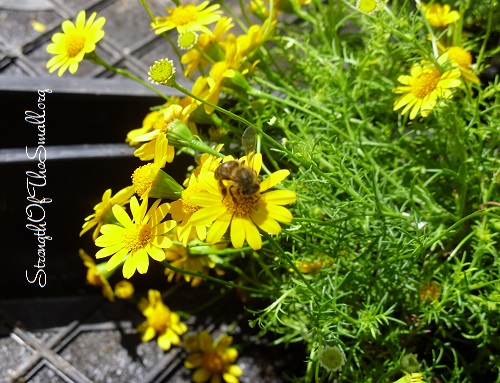
I am feeling so grateful for every minute spent in my garden and for the wonderful moments with my family.
Happy Gardening!
